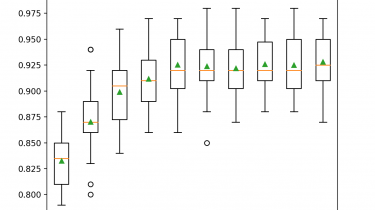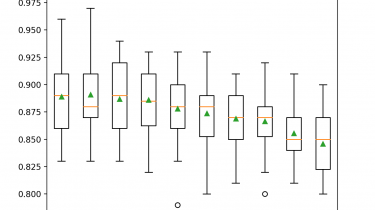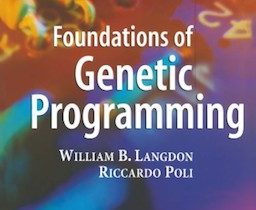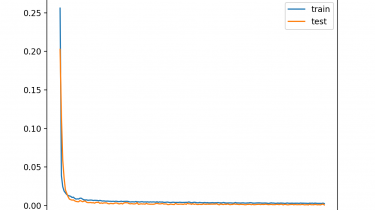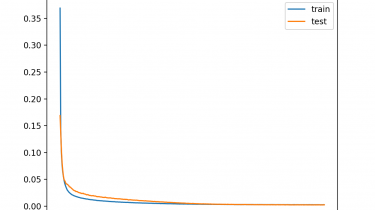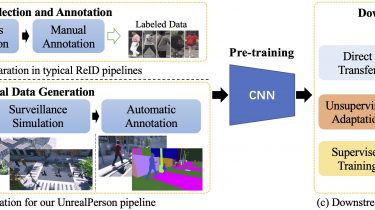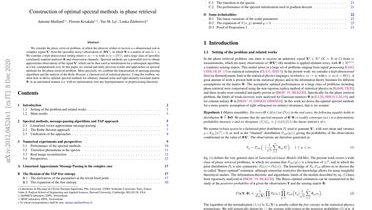How to Develop a Light Gradient Boosted Machine (LightGBM) Ensemble
Light Gradient Boosted Machine, or LightGBM for short, is an open-source library that provides an efficient and effective implementation of the gradient boosting algorithm. LightGBM extends the gradient boosting algorithm by adding a type of automatic feature selection as well as focusing on boosting examples with larger gradients. This can result in a dramatic speedup of training and improved predictive performance. As such, LightGBM has become a de facto algorithm for machine learning competitions when working with tabular data for […]
Read more